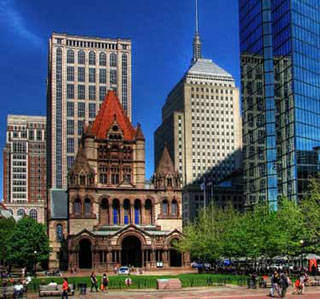Course Description
Governments at every level assume a measure of responsibility for seeking good design. Some of that responsibility is exercised directly—through the design and construction of government buildings, for example. But most changes to our environments are neither designed nor built by governments. Rather, they are the …
Governments at every level assume a measure of responsibility for seeking good design. Some of that responsibility is exercised directly—through the design and construction of government buildings, for example. But most changes to our environments are neither designed nor built by governments. Rather, they are the result of the actions and investments of private individuals, institutions, corporations, joint ventures, or private/public collaborations. Yet, the actions of all of these actors are affected by the design policies of government and the interventions that are undertaken to implement those policies. In this advanced graduate-level seminar we will explore new ways of thinking about urban design policy in an attempt to better understand just what government does—and what it can do effectively—in the realm of design policy.
Course Info
Learning Resource Types
assignment
Problem Sets

This course starts by examining the tools available to governments engaging in urban design policy, and then considers how these tools are used in case studies of San Francisco and Boston. (Photograph courtesy of Darwin70 on Flickr.)








